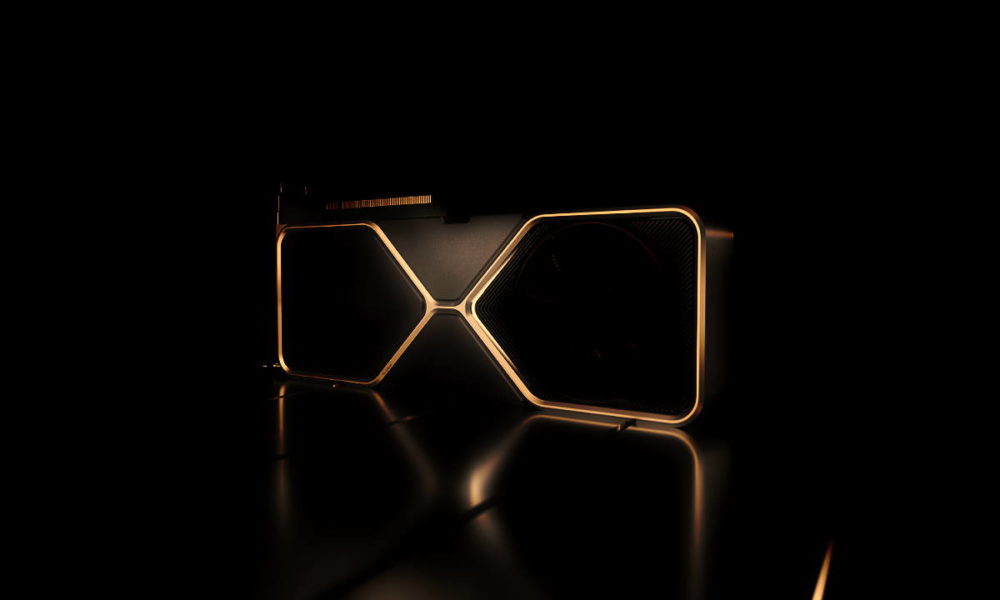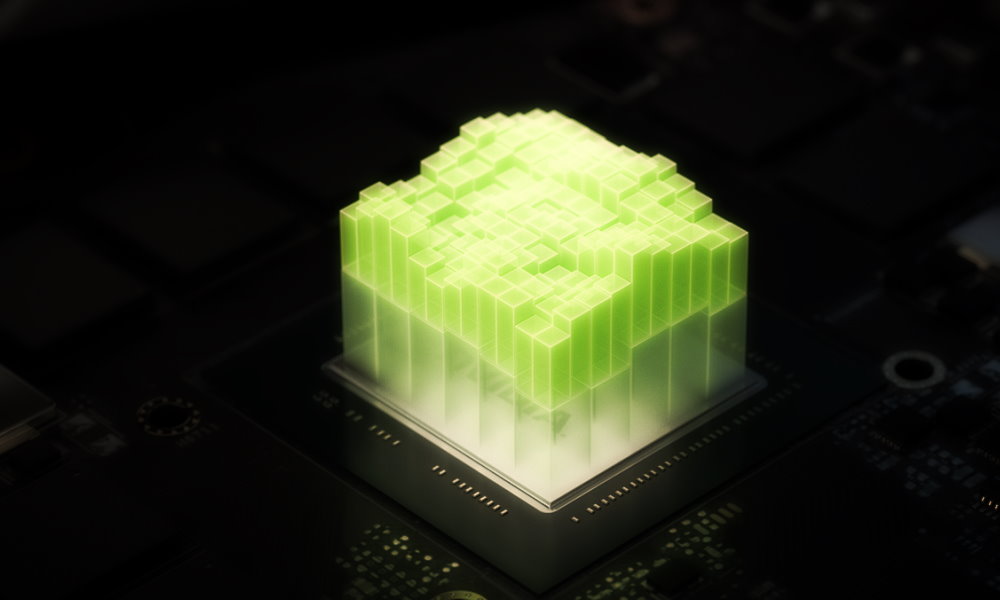
We knew that the launch of the GeForce RTX 40 was scheduled for later this year, although the rumors and leaks did not agree. The last reliable information I saw indicated that his arrival would be in October, but now a new rumor points to September, that is, a month before.
As with previous generations of NVIDIA, including the GeForce RTX 30, the release of the GeForce RTX 40 will be focused on three models that will shape the high-end, the RTX 4070, RTX 4080 and RTX 4090. Later the GeForce RTX 4060, a mid-range model that, if the deadlines we are seeing are met, should be available between December 2022 and January 2023.
Later we should also see the premiere of a GeForce RTX 4050, a “budget” mid-range model that will succeed the GeForce RTX 3050, and whose launch could easily go to second quarter of 2023. After that first wave of GeForce RTX 40 graphics cards, we will almost certainly see a minor renewal with improved models that will follow the approach we have seen in the current generation. So, for example, expect a GeForce RTX 4090 Ti, and also “Ti” versions of the RTX 4060, RTX 4070, and RTX 4080.
NVIDIA will cover 2022 and 2023 with the GeForce RTX 40. Hopper will be the big surprise for 2024
The GeForce RTX 40 series will use the Ada Lovelace architecture. This will maintain, as we told you on previous occasions, the same design of monolithic core that we saw in Ampere, and the conjunction of specialized hardware to accelerate ray tracing, which is done on the RT cores, and artificial intelligence, which runs on the tensor cores. With Ada Lovelace, NVIDIA will jump to 5nm, and will go back to using TSMC chips (the GeForce RTX 30s use Samsung’s 8nm process).
Thanks to the changes that NVIDIA will introduce at the architecture level, and the increase in active SM units, it is estimated that the AD102 chip, which will succeed the current GA102, will integrate a total of 18,432 shaders, a figure that far exceeds the 10,752 shaders of the second. Ok, so how will this affect the GPU in terms of raw power? Well, considerably, and it is that, according to the latest data that I have been able to see, the AD102 GPU would reach a performance peak of 90 TFLOPs in FP32, while the GA102 GPU sits at 37.6 TFLOPs, also at FP32.
Everything seems to indicate that with the GeForce RTX 40 we will see a significant jump in terms of raw power compared to the GeForce RTX 30, but the greatest advance at the technical level will occur with the arrival of the GeForce RTX 50. In this sense, we have important changes, and it is that according to the source that has compiled all the information, said graphic generation will be Hopper-based, the first NVIDIA architecture to use a multi-chip design GPU.
I remember perfectly that, when we started talking about Hopper, this architecture was proposed as an exclusive for the professional sector, but now it has been produced a 180 degree turn that has taken it directly to the general consumer market, and that has made it the basis for the GeForce RTX 50, whose launch would take place in 2024.
Keep in mind that this information has not been confirmed, and that we are talking about the long term, so there could be important changes. Right now, all I can tell you is that the GH202 GPU could have over 36,000 shaders, would offer a power of more than 150 TFLOPs in FP32, would be accompanied by GDDR7 memory and would be manufactured in TSMC’s 3nm node. All this power would translate into a significant increase in consumption that, in theory, would lead us to the first graphics solution with a consumption of more than 600 watts.


